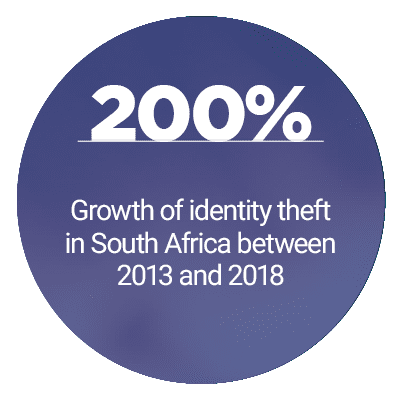Inside Synchrony Financial’s AML Playbook

Consumers have noticed the rising levels of fraud in digital banking, and they are not pleased. Many want more options and control when it comes to their security. In fact, one recent study found that 71.2 percent of customers agreed that mobile transactions would be more secure if the consumers themselves had more control over their authentication options.
 Fraudsters are relying on technologies like artificial intelligence (AI) and machine learning (ML) to put ever-more-complex schemes to work like bot and automated attacks. Financial institutions (FIs) need to keep watch for newer schemes as they seek to prevent different forms of fraud, such as money laundering, on their online platforms.
Fraudsters are relying on technologies like artificial intelligence (AI) and machine learning (ML) to put ever-more-complex schemes to work like bot and automated attacks. Financial institutions (FIs) need to keep watch for newer schemes as they seek to prevent different forms of fraud, such as money laundering, on their online platforms.
In the latest “Digital Banking Tracker,” PYMNTS examines how banks are innovating their strategies for fraud protection and anti-money laundering (AML), all while making sure that legitimate customers remain satisfied with a quick and convenient online banking experience.
Around the Digital Banking World
Regulators as well as banks are searching for ways to keep launderers and other fraudsters out of online banking. A proposed change to AML laws in the United States is targeting just that, requiring firms to disclose parent companies in an attempt to weed out false shell companies. Companies will need to disclose their parent entities to the Financial Crimes Enforcement Network (FinCEN) under the rule.
Banks in other markets are teaming up to create more transparency when it comes to finding money launderers on their platforms. Five Dutch banks have banded together to address online laundering, forming an organization that will monitor transactions for fraudulent activity. The banks include ABN Amro, ING, Rabobank, Tridos Bank and Volksbank.
Several of these Dutch banks are still dealing with fines concerning their AML tools and compliance, but they are far from the only banks that need to upgrade. Regulators in Tanzania have recently issued fines for five banks in the region, all for failing to comply with AML rules. The amount of these fines has not yet been disclosed, but they concern the failure of the banks in question to accurately log suspicious transactions. The banks include the African Banking Corporation Tanzania Ltd., Equity Bank Tanzania Ltd., Habib African Bank Ltd., I&M Bank Tanzania Ltd. and UB Bank Tanzania Ltd.
For more on these and other stories, visit the Tracker’s News and Trends section.
Synchrony Financial Upgrades Its AML Strategy As Fraud Grows
 Money laundering may not be a new problem for FIs, but the scale of it is. Banks need to address the security weaknesses inherent in their online platforms that could become ports of entry for fraudsters, but they need to plug those gaps without alienating legitimate customers, according to Michael Bopp, executive vice president and chief customer engagement officer for Synchrony Financial.
Money laundering may not be a new problem for FIs, but the scale of it is. Banks need to address the security weaknesses inherent in their online platforms that could become ports of entry for fraudsters, but they need to plug those gaps without alienating legitimate customers, according to Michael Bopp, executive vice president and chief customer engagement officer for Synchrony Financial.
To learn more about how the financial services company is upgrading its AML strategy for today’s global banking world, visit the Tracker’s feature story.
How U.S. Banks Are Innovating AML To Keep Out Launderers
FIs need to worry about more than just the scale of money laundering schemes — they also need to determine and match the technologies that fraudsters are using to launch them. Banks in the U.S. are therefore hunting for new ways that they can change their AML tools and strategies complete with these new technologies, as fraudsters grow more advanced themselves. These banks need to make sure that they are keeping abreast of how data security needs are changing, and how they can best shield their platforms against laundering and other attacks using tools they might not see coming.
To learn more about how banks are approaching AML innovation as technology grows more sophisticated, visit the Tracker’s Deep Dive.
About the Tracker
The “Digital Banking Tracker,” a Feedzai collaboration, brings you the latest news, research and expert commentary from the FinTech and consumer banking space. It also includes a provider directory featuring the rankings of more than 250 companies serving or powering the digital banking sector.
